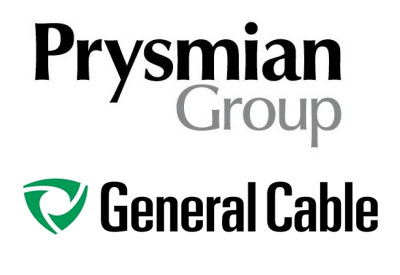New Community Net Metering Project in London

October 1, 2021
The Ontario government is unveiling a new demonstration project in London to explore how a community can work together to generate renewable energy, help protect the environment and lower electricity costs for individuals and businesses in the community. Sifton Properties’ West 5 development, a 70-acre multi-use community, has been selected as the demonstration site for the new community net metering model (CNM).
“We are excited to enable this partnership between Sifton Properties and London Hydro that will allow us to explore how net metering can be used at the local level,” said Minister Smith. “Testing new types of energy models is key to the future of our province as it gives us the chance to find new ways to save electricity customers money, support our economy by investing in emerging renewable technologies, and protect the environment.”
West 5 will be the first to use this new model in Ontario, which will see its residences, office space and retirement living integrate solar panels, solar parkades, electric vehicle chargers, green roofs, and other innovative elements to help lower energy costs for residents and businesses, while building a more sustainable community for the future.
In a CNM model, a community can generate its own electricity using renewable sources and send excess power to the grid for a credit on their electricity bill. These credits could then be shared across multiple households and businesses in the community to reduce electricity bills when using power from the grid. This innovative model would give customers more options to manage their energy use, saving them money while building more sustainable communities.
The demonstration project will be an opportunity to understand the potential for CNM to support businesses, local governments, and Indigenous communities as they pursue innovative approaches to community-based energy systems and sustainability goals, like net-zero energy and net-zero water consumption.
“Net metering innovation harnesses clean, green technology to save taxpayers money – a combination that we all can get behind,” said David Piccini, Minister of the Environment, Conservation and Parks. “This is an exciting opportunity for London and for all of Ontario, where our clean energy grid is a huge advantage for families and businesses. I look forward to seeing the results of this demonstration and what net metering can mean for more projects that support a sustainable future.”
“This is an exciting project for the community and a great example of how our government is working to modernize regulations in a way that makes a difference to Ontarians,” said Nina Tangri, Associate Minister of Small Business and Red Tape Reduction. “Community net metering is part of a larger effort to reduce red tape across our government and provide more opportunities and cost savings for businesses and people.”
“Through the CNM program, London Hydro will develop innovative new tools and technology as well as gain valuable experience in installing and operating a microgrid,” said Vinay Sharma, CEO of London Hydro. “When completed, this project is expected to help avoid nearly 30 Mwh of energy usage annually while offsetting about 20 megatons of CO2 over a ten-year period. Thanks to the leadership of the Ontario government, the CNM initiative will prove to be a win-win-win business model for the environment, developer, and utility,”
“I’m very pleased to see the level of collaboration between the Ontario Government, Sifton Properties, and London Hydro in bringing this innovative new project to life. London takes its commitment to the environment and renewable energy very seriously, and it is my hope this partnership can become a model for other neighbourhoods, not only across London, but throughout Ontario as well,” said London Mayor Ed Holder.
“Community net metering allows us to overproduce solar energy on one building, then use that energy in other buildings at West 5. It allows us to continue exploring future opportunities from a community level not building level. It opens the doors for micro grids, battery storage, high speed bus or car charging. This model is very important in the future of Net Zero communities,” said Richard Sifton, President and CEO of Sifton Properties.

















